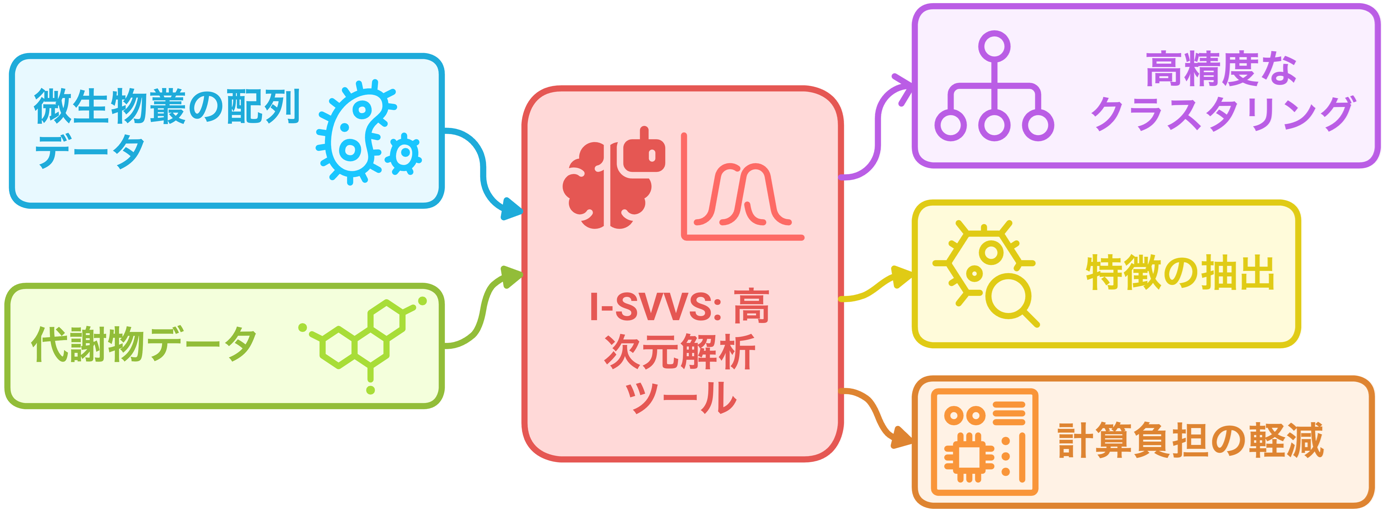2025-05-30 早稲田大学
<関連情報>
- https://www.waseda.jp/inst/research/news/80939
- https://www.sciencedirect.com/science/article/pii/S0749596X25000397
語彙決定における正書法と意味的一貫性の効果: どのような種類の近隣語が効果をもたらすのか? Orthographic-Semantic consistency effects in lexical decision: What types of neighbors are responsible for the Effects?
Yasushi Hino, Debra Jared, Stephen J. Lupker
Journal of Memory and Language Available online: 5 May 2025
DOI:https://doi.org/10.1016/j.jml.2025.104646
Highlights
- An orthographic-semantic consistency effect was observed in lexical decision.
- That consistency effect emerged when consistency measures were based on addition neighbors.
- We failed to detect a significant consistency effect when consistency measures were based on substitution neighbors.
- The effect was largely due to facilitation from morphologically-related neighbors.
- The effect was also largely due to inhibition from morphologically-unrelated neighbors.
Abstract
Recent research (e.g., Marelli & Amenta, 2018; Siegelman, Rueckl, Lo, Kearns, Morris & Compton, 2022) has demonstrated a significant orthographic-semantic (O-S) consistency effect on lexical decision performance. Specifically, lexical decision latencies were faster for words with a consistent O-S relationship than for words that do not have a consistent O-S relationship, with consistency being defined in terms of the semantics of those words’ “orthographic neighbors”. Interestingly, however, the words assumed to be orthographic neighbors were different across the studies and, therefore, different factors may have been at work in the two situations. In order to more closely examine the origin of O-S consistency effects in lexical decision tasks, we first attempted to replicate both of those results. Then, we examined O-S consistency effects based on addition (e.g., cats-CAT, pant-PAN), substitution (e.g., cot-CAT, pin-PAN) and deletion (seat-SAT, road-ROD) neighbors separately for mono-morphemic English words in both the datasets used in the previous studies and, based on the former two neighbor types, in a lexical decision experiment. Throughout our data analyses, we observed that addition neighbors play an important role in producing an O-S consistency effect in lexical decision performance. In contrast, we failed to observe a significant O-S consistency effect when consistencies were computed based only on the substitution (or deletion) neighbors. Because addition neighbors involve many morphologically-related neighbors, we further examined the roles that morphologically-related and unrelated neighbors play in producing the O-S consistency effect. Those analyses revealed that the O-S consistency effect for addition neighbors is largely produced by the combination of a processing advantage when a word has many morphologically-related neighbors and a processing disadvantage when a word has many morphologically-unrelated neighbors. More broadly, this research demonstrates that readers pick up on the statistical relationships between spelling and meaning.



